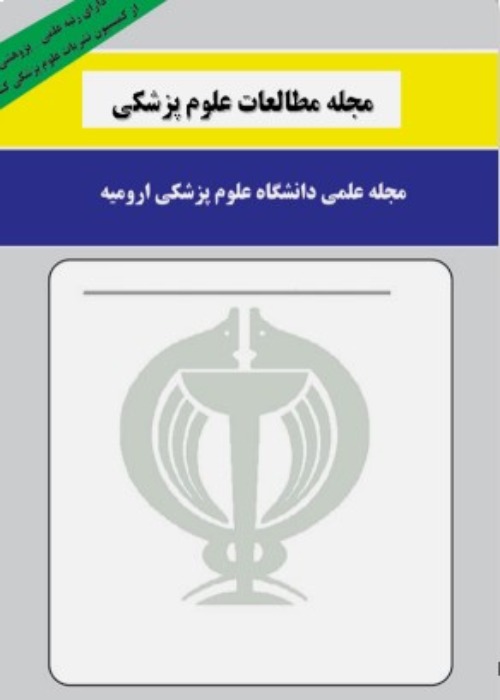EVALUATION OF GRAFT SURVIVAL RATE FOLLOWING KIDNEY TRANSPLANTATION OF THE PATIENTS WITH AUTOSOMAL DOMINANT POLYCYSTIC KIDNEY DISEASE; A 19-YEAR FOLLOW-UP
Autosomal dominant polycystic kidney disease (ADPKD) is the most common hereditary kidney disease with a prevalence of 1 in 1000 people. The consequence of this disease is enlargement and deformity of the kidneys, which causes disruption of blood circulation and destruction of the parenchyma, and finally, impaired kidney function. Kidney failure is seen in 50% of the patients which makes the need of kidney transplantation in these patients. The aim of present study was to determine the graft survival rate in kidney transplantation of patients with autosomal dominant polycystic kidneys.
In this retrospective cohort study, 149 ADPKD patients who underwent kidney transplantation at Imam Khomeini Hospital in Urmia, Iran, between 1998 and 2016 were included in the study. Patients were evaluated for graft survival at intervals of one, six, twelve, twenty-four, thirty-six, forty-eight, and sixty months after transplantation and the causes of patient mortality and the risk factors of transplant rejection were investigated. Kaplan-Meier test was used to check graft survival and cox regression model was used to check rejection (hazard ratio) in the patients.
Totally 149 patients (60.7% male and 38.3% female) with a mean age of 47.42 ±10.19 years were included. The rate of graft survival in men and women was respectively 98% and 97% in the first month, 90% and 97% in the sixth month, 87% and 93% in the twelfth month, 87% and 90% in the twenty-fourth month, 87% and 83% in the thirty-sixth month, 83% and 83% in the 48th month, and 78% and 80% in the 60th month. The mean overall graft survival was 52.96 months, 54.187 months in men, and 51.05 months in women, and this difference was significant (P=0.001). Also, evaluation of the risk of rejection (hazard ratio) showed that only the recipient's BMI had a significant relationship with the risk of transplant rejection. (OR=1.68, CI95% (1.34-4.22), P=0.001).
Based on the obtained results, it can be concluded that the 1-month, 6-month, 12-month, 24-month, 36-month, 48-month, and 60-month graft survival rate in ADPKD patients undergoing kidney transplantation in Hospital was appropriate, but it was a little low compared to the survival rate in previous years and most of the other centers. Although differences such as study design and environment are inevitable, but the results of this study can provide essential evidence for revising treatment strategies. Also, the recipient's body mass index has an effect on the probability of transplant rejection, and by considering this factor, it is possible to help increase the survival rate of kidney transplants in these patients.
- حق عضویت دریافتی صرف حمایت از نشریات عضو و نگهداری، تکمیل و توسعه مگیران میشود.
- پرداخت حق اشتراک و دانلود مقالات اجازه بازنشر آن در سایر رسانههای چاپی و دیجیتال را به کاربر نمیدهد.


